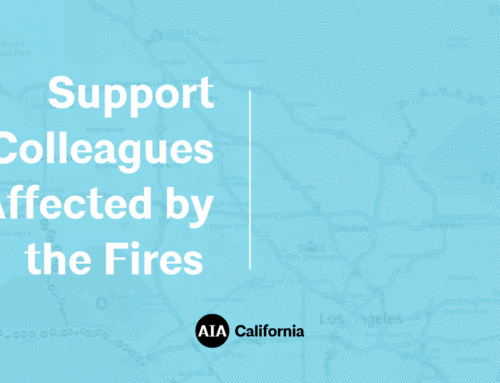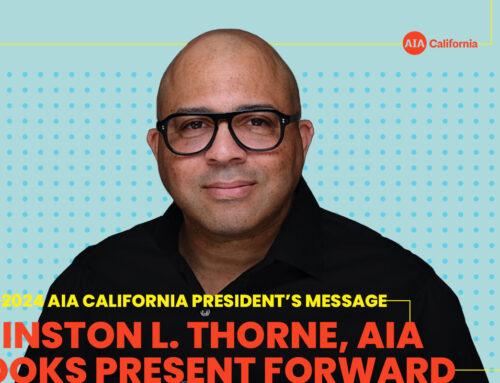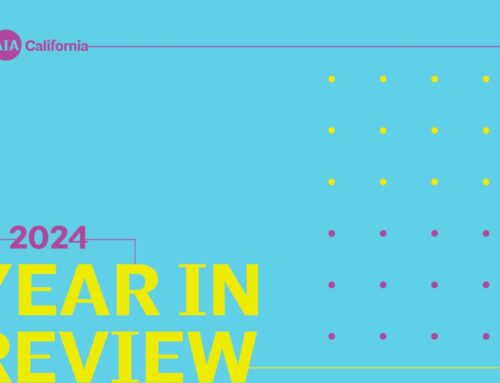2024 Design Awards Merit Recipient //award Merit //project details Architect: Bohlin Cywinski JacksonProject Location: Pleasant Hill, CaliforniaPhotographer: Matthew Millman, Jonathan Mitchell Engaged by Pleasant Hill to create its first civic building in many years, we were asked to design a 21st century library, where all ages would feel welcome and encouraged to learn, create, and explore. The City wanted an inclusive community destination and a “signature building” with a timeless, flexible design. The library was conceived alongside three adjacent projects partially located within the Grayson Creek 100-year floodplain, including roadwork improvements, a new multifamily housing development, and future sports fields. Together, the project team mitigated flood concerns, while knitting sites together with bike and pedestrian pathways. Pleasant Hill Library is an exemplary response to numerous Framework measures, including Equitable Communities, Wellbeing, Ecosystem, Economy, and Change. The project’s all-electric, highly energy-efficient design is targeting net zero energy, and includes radiant heating and cooling, natural ventilation with night-flush operability, and a rooftop PV solar array. Its free span central hall provides ample capacity for diverse offerings and allows easy reconfiguration of stacks should programmatic needs evolve. Movable furniture subtly delineates zones tailored to youth, teens, and adults, while bringing pops of color to the interior. A clerestory and large skylights allow natural light to flood the interior. Pavilions off the main hall house a ‘messy makerspace’, ‘story lab’, and a quiet reading ‘retreat.’ Since opening, Pleasant Hill Library has become a vibrant community hub, with nearly 30% more checkouts than the next county branch in its first full year of operation. The library has also hosted nearly 51,000 participants across 548 events. //comments This project got a lot for a little. A beautiful children’s library. The way the building brings daylight in and modulates with these special rooms makes it an exceptional space. There is also a strong sustainability program and landscape design—really strong. //framework for design excellence measures Measure 1: Design for Integration Pleasant Hill Library is an exemplary response to numerous Framework measures, including Equitable Communities, Wellbeing, Ecosystem, Economy, and Change. A thoughtful interweaving of architecture and landscape, the project stretches along the site’s east-west axis, allowing the Grayson Creek riparian corridor room to expand and providing optimized solar orientation. In concert, flood mitigation studies validated site placement, allowing grading adjustments to mitigate stormwater by directing flow around the library. Prevailing southwest breezes are also harnessed for natural ventilation. Pleasant Hill Library is all-electric and targeting net zero energy through the incorporation of passive and active strategies. The primary roof pitches upward to the south, bringing indirect daylight into the main hall through a continuous clerestory. Solar panel arrays are clipped directly to the standing seam metal roof, while large glass windows and curtain walls frame views of native shade trees and drought-tolerant plantings. A radiant concrete slab leverages the regional climate’s large diurnal swing as the primary heating and cooling system. In summer, the slab’s thermal mass naturally cools overnight and provides passive cooling the next day. The slab gradually heats or cools during off hours in advance of forecasted temperatures. The design also integrates a natural ventilation system with night-flush cooling. Measure 2: Design for Equitable Communities The project team coordinated and led extensive programming and community engagement processes with stakeholder groups of all ages through meetings, focus groups, and charrettes to guide the library’s diverse spaces. Out of this process, a consensus was reached to organize the library around an open hall that could function as a community ‘living room’. The decision was made to plan the library as a single-story building to prioritize universal access and ease of circulation to library patrons of all ages. Community engagement also informed the placement of the Story Lab, a flexible gathering and event space. Measure 3: Design for Ecosystems Natural light and views connect occupants to their surroundings. This is particularly evident in the community living room, which looks onto the new bioretention areas and the Grayson Creek landscape. By providing this habitat buffer zone along the Creek, the ecological health of the area has been improved with an expanded riparian corridor. Native oak tree plantings were introduced, along with larger Valley oaks, to blend with the existing creek landscape. Winding pathways bring the public closer to this wonderful resource. Two-thirds of species are locally adapted, drought tolerant native plants that tolerate the recycled water used for irrigation. Measure 4: Design for Water Library site design involved extensive flood mitigation in coordination with adjacent projects. This included raising the finished grades of the library site by an average of 4’, lowering the sports field to accept floodwater, and creating bioretention basins between the library and creek. These basins naturally filter and treat all stormwater runoff from the site – including roof, parking lot, and hardscape – while retaining floodwaters when Grayson Creek overflows. Basins were tested with strong atmospheric rivers during the 2022-23 winter and provided the necessary volume for water infiltration and delay, improving the performance of the local watershed. Measure 5: Design for Economy City and Library desired a flexible space that could adapt to changing needs and provide lasting value. While the new library is smaller than Pleasant Hill’s former facility, it provides a significantly greater diversity of programs. Balancing first costs against long-term benefits, square footage was carefully managed by right-sizing spaces with staff and maximizing use through blended, multi-use arrangements – each space is tasked with supporting multiple functions. Mechanical and electrical systems prioritized long-term value and efficient performance. An in-floor hydronic radiant slab, the primary means of heating and cooling, minimized overhead equipment and ductwork, reducing long-term maintenance costs. Measure 6: Design for Energy The library is currently targeting Net Zero Energy. During the first full 12 months of operation, measured use indicated a positive KWH delta. Ongoing conversations with our client and energy consultant indicate possible explanations including many more people than anticipated using the library as a daily workspace and that the rooftop PV array may not be performing as
AIA CaliforniaRead More






